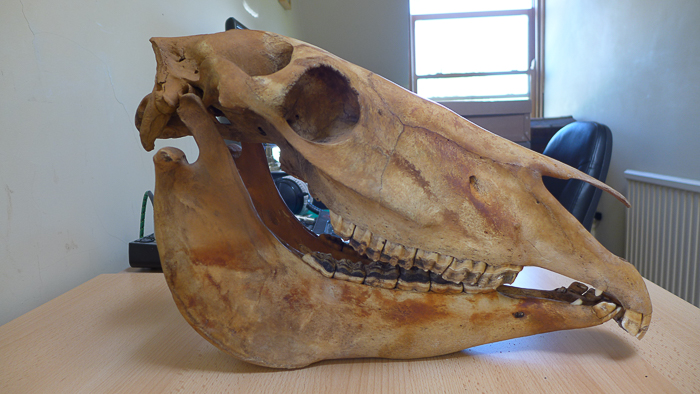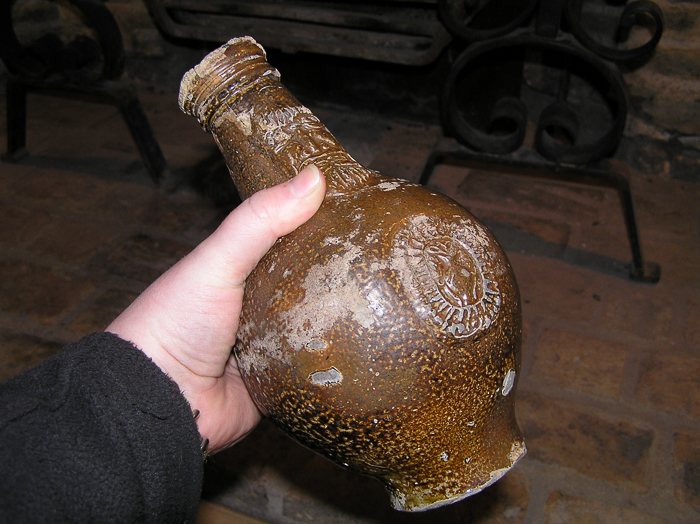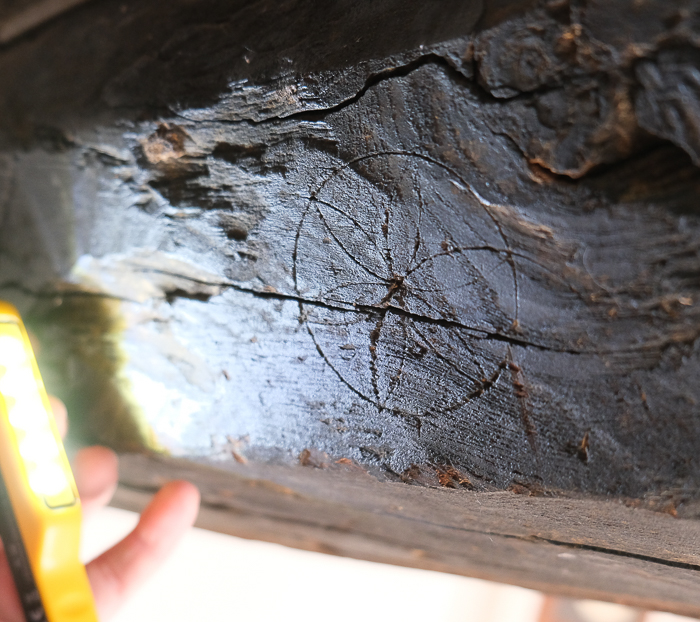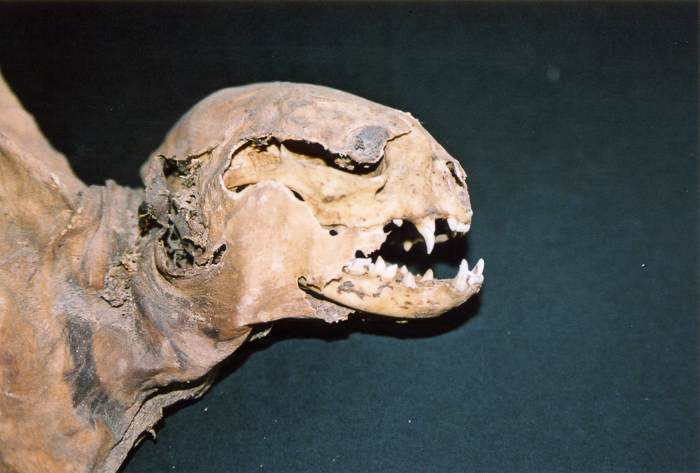Author Brian Hoggard explains some of the fascinating methods people once used to protect their homes.

Horse skull from the author's collection. © Brian Hoggard
As the nights draw in, it's a good time to remember just how fearful our predecessors were of harmful supernatural forces.
A belief in the supernatural was a normal part of our social psyche and remains so in many places. People felt that dark corners and lesser frequented places could become home to dark forces. They also felt that there were individuals who were skilled at manipulating supernatural forces and could cause harm by sending evil energies towards their chosen target.
The vast majority of people did not consider themselves to be skilled magical practitioners so needed to find other ways of keeping these dark places free from evil and find ways of negating, trapping, or warding off these dangerous forces from entering their homes.
There were many methods of protecting the home from witchcraft and other forces. The most commonly encountered ones are concealed shoes, protection marks (often referred to unhelpfully as witch-marks), witch-bottles, dried cats, written charms, and concealed horse skulls.
Concealed shoes
Concealed shoes have been found in buildings as early as the fourteenth century. They are usually only a well-worn single shoe (around 10% of discoveries are pairs) but can be found in large groups in the hundreds.
By the time they are discarded, the shoes have taken the unique shape of the wearer’s foot. When a dark force approaches the target's home it can be fooled into attacking this shoe instead of the actual person within the building. Thus, we often find them carefully placed on ledges within fireplaces, concealed inside walls and under floors.
There is also the legend that unofficial saint John Schorne from Buckinghamshire (dating to the early fourteenth century) cast the devil into a boot, thereby associating footwear with trapping evil.
Witch bottles

Suffolk witch-bottle, prior to re-burial. © Brian Hoggard
Witch-bottles are vessels that contain urine, nail clippings, hair, and bent pins and nails, often buried near or beneath the hearth. The ‘bellarmine’ bottles used when the practice began around the third quarter of the seventeenth century were of anthropomorphic design so resembled a small human. Like concealed shoes, it appears that the idea was to fool any forces entering the home via the chimney that they had found their target. The force would then become impaled on the pins and nails within.
Protection marks

Daisy-wheel from behind the hearth lintel of a 17th century cottage in Evesham. © Brian Hoggard
Protection marks like the daisy-wheel were often marked onto buildings. Their origin is as a solar symbol, so they bring the light of the sun which helps to keep darkness away. There are other marks known as Marian marks which are believed to invoke the protective presence of the Virgin Mary to a location. Deliberate burn marks also bring light to keep darkness away and mesh marks seek to confuse and entangle any evil forces.
Concealed animals

Dried cat found in Eckington. © Brian Hoggard
With cats, it appears that some of the qualities of the cat were desired to help protect the home on the ‘other side’. The idea that a cat could help protect the home from pests on the supernatural plane while we sleep would be an excellent bit of peace of mind.
On the other hand, horses are very sensitive and vigilant. They are also reputed to be able to sleep standing with their eyes open when required, making them useful guardians. A horse skull is also an impressive and frightening thing, often used in folk rituals partly to scare away other supernatural forces. These have often been found under floors and within chimneys.
Words and images by Brian Hoggard, author of 'Magical House Protection: The Archaeology of Counter-Witchcraft' (Berghahn Books, 2019). Read the book to find out more about these fascinating practices, or visit his website.
